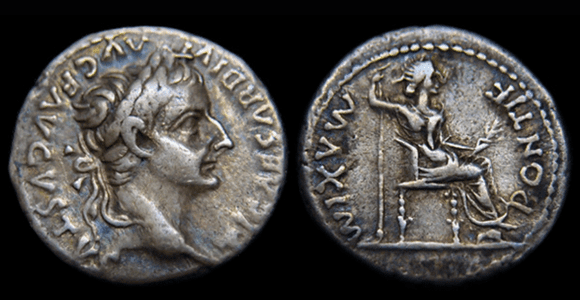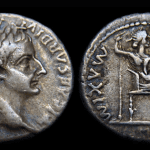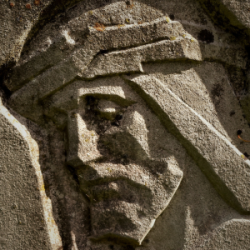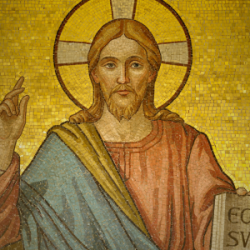
Our reading this week is from the Gospel of Matthew:
Then the Pharisees went out and laid plans to trap him in his words. They sent their disciples to him along with the Herodians. “Teacher,” they said, “we know that you are a man of integrity and that you teach the way of God in accordance with the truth. You aren’t swayed by others, because you pay no attention to who they are. Tell us then, what is your opinion? Is it right to pay the imperial tax to Caesar or not?”
Welcome Readers! Please subscribe to Social Jesus Here.
But Jesus, knowing their evil intent, said, “You hypocrites, why are you trying to trap me? Show me the coin used for paying the tax.” They brought him a denarius, and he asked them, “Whose image is this? And whose inscription?”
“Caesar’s,” they replied.
Then he said to them, “So give back to Caesar what is Caesar’s, and to God what is God’s.”
When they heard this, they were amazed. So they left him and went away. (Matthew 22:15-22)
Jesus’ saying in our reading this week appears in all three synoptic gospels and in the gospel of Thomas. It’s one of the sayings of Jesus that’s most misunderstood today, especially by the Christian Right.
If we are going to arrive at a life-giving interpretation of this story, we’re going to have to back up some and consider some historical context.
Archeologists tell us that the most circulated coin in Jesus’ day was a small coin with Tiberius Caesar’s image on one side and a seated woman holding an olive branch and a scepter. On the side with Ceasar’s image were the words, “TI CAESAR DIVI AVG F AUGUSTUS”: Tiberius is both Caesar Augustus (emperor), and the son of the Divine Augustus.
Augustus, Tiberius’ father, had been declared divine by the Roman Senate in 14 C.E. upon his death. During his life, Augustus had circulated coins that referred to him as the son of God. After Julius Caesar’s death, a star (really a comet), had appeared at the summer games dedicated to his honor. Many Romans interpreted this as a symbol of Julius Caesar’s soul ascending to the heavens to dwell with the gods. A year and half later, the Roman Senate declared Julius divine and the star that appeared in the summer began being referred to as the “Julian star.” (I find it fascinating that when Jesus is born, Matthew’s gospel describes a new star appearing in the heavens.)
Because of this tradition, Augustus had coins minted and circulated that had his image with the words “Augustus Ceasar” on one side and, on the back, the Julian Star with the words “Divine Julius,” indicating that Augustus was the Son of God. Each succeeding Caesar after Julius and Augustus also described himself as the Divine Son of God (“God” being the previous Caesar), all the way to Tiberius in Jesus’ time.
As we’ve said, on the back of the coin most likely held up in our story this week was the image of a woman holding both a scepter and an olive branch to symbolize of both the rule and the peace of Rome (or Pax Romana). The woman is most often identified as Tiberius’ mother Livia, the mother.
This gives our story this week a bit more context and direction to how we might apply these words in our context today. We’ll begin unpacking this, in Part 2.














